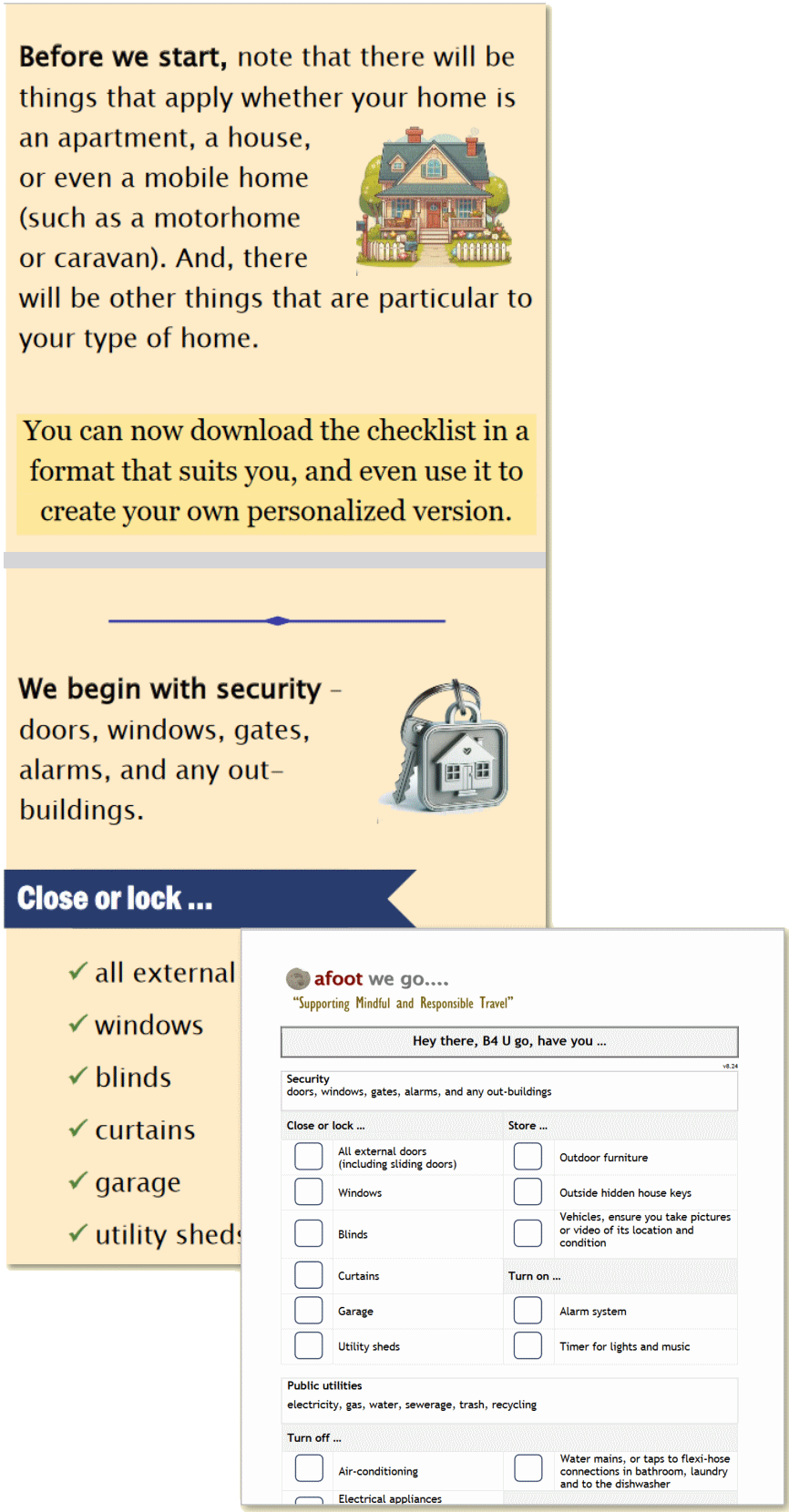afootwego About Page
…for people who love to walk…
Supporting Mindful and Responsible Travel
The About Marlene Page provides site visitors with an insight into Marlene’s background.
afootwego.com: About Marlene
Apr 2024
12½
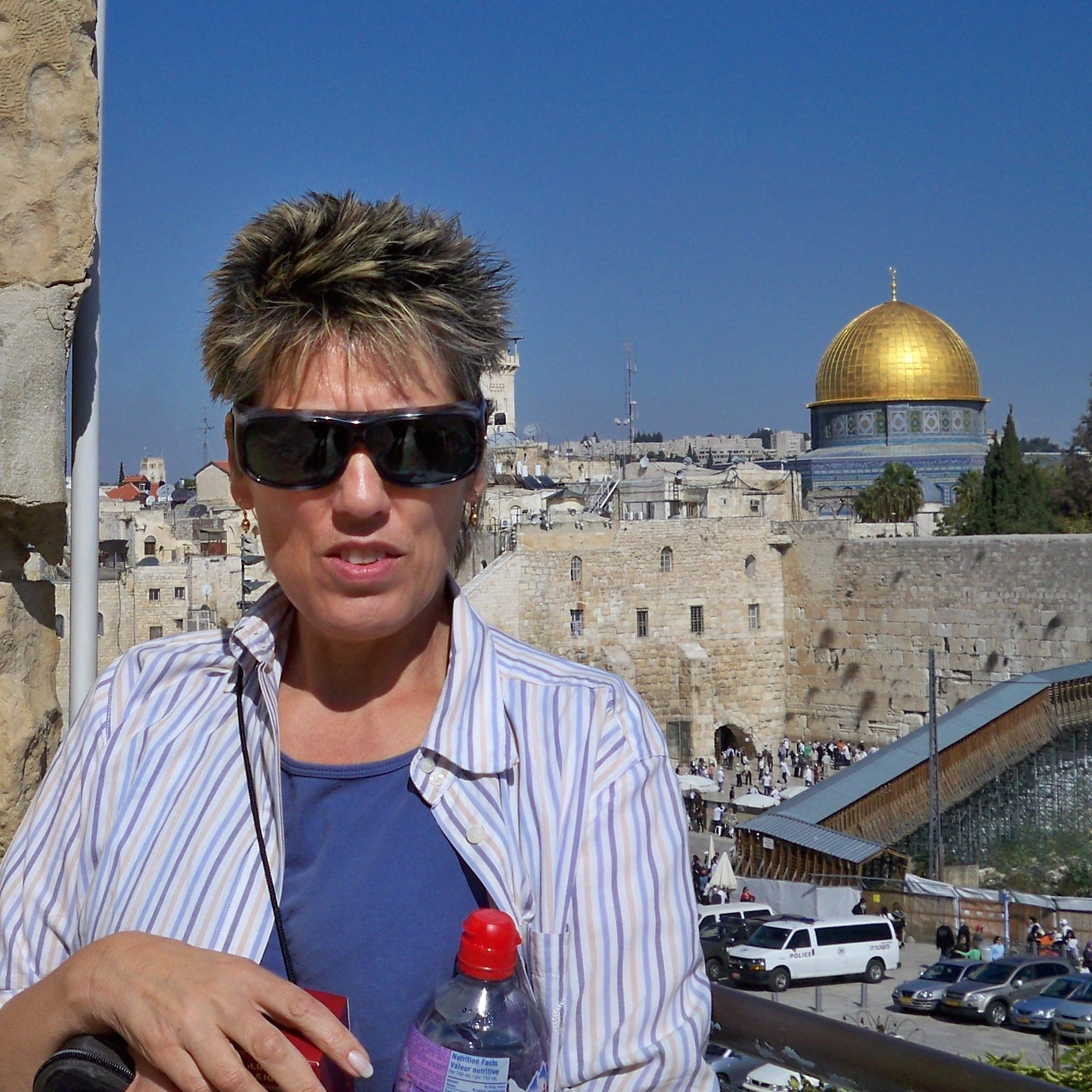

A Quick Outline:
In this Post, we shall explore:
My Story – Why I Love to Travel
I am an ANZAC – born in New Zealand, now living in Australia.
My ancestry is a mix of English, Scottish, and Māori (there is probably some Irish, French, and Scandinavian in there as well). Given this wonderful heritage, it is little wonder I have the travel ‘bug’!
When I was seven years old, my paternal Grandfather gave me a book about the Mask of Tutankhamun. Its beautiful photographs and bright colors captivated me, sparking my desire to see the mask for myself one day (which I did in 2009).
As a shy teenager, I left Dunedin (the Edinburgh of the South) to join the military, with the intent to travel. I tasted international travel; then I raised a family.
I celebrated the Millennium in Paris, watching the Eiffel Tower fireworks spectacle with my daughter. Not surprisingly, she also has the travel ‘bug’!
My travels are mostly about studying history and understanding the cultural diversities that make our world so interesting. I love to create my own adventures, to explore new places, and to immerse myself in new experiences.
Prior to covid, I usually traveled internationally twice each year, mainly to either Asia or to Europe. For many of those years, I was able to travel with my Mum, taking her to see some amazing places.
Most of the time I operate as an independent traveler, setting my own agenda and making my own plans.




For me, cities and places are about the people, past and present. I have found that the best way to really discover and explore any place is by foot. From time to time, I like to get a bit off the beaten track, so that I can see how the real people of that city live today, and how that relates to the history of their city.
I love to walk through neighbourhoods to visit local markets and shopping areas, and to take in new sights and experiences at my own pace, to stop and observe what the people are doing and where they are going, and sometimes to just wander about and even get a little bit ‘lost’. This helps to give me some insight of what that city is about.
As a traveler, I aim to leave only a light footprint as I explore and appreciate new places and cultures. My personal travel mantra is to respect destinations and cultures by being “SMaRT”: i.e. I Support Mindful and Responsible Travel.
My San Marco Epiphany:
Becoming SMaRT
Let me give some context to SMaRT with a short story.
The year is 2015, the date is Monday, 12 October.
“Look at the crowds!
This place is just crazy! “
With my travelling companion, I was making my way from our accommodation, in Campo San Zaccaria, to Venice’s Riva degli Schiavoni, along the Grand Canal.
My watch told me it was around 08:30am, and we were heading to Piazza San Marco, to begin our first day in ‘La Serenissima’. My plan was to visit the Basilica di San Marco first, before the crowds, and then to spend the rest of the day quietly exploring some of the laneways of Venice.
But, the waterfront promenade was already filled with people, going in both directions. Many were in tourist groups, following flags, umbrellas, balloons, a hat, a flower, and even a soft toy. As we slowly wound our way through the crowds, I started to reflect on our experiences over the past few weeks.
We had started our adventure in London, and then had travelled across part of southern Europe. And just about everywhere we went was busy, busy, busy, with tourists. Supposedly, travelling in September and October was the tourism ‘shoulder-season’, when the number of visitors began to reduce. But that was far from what we had seen.
In London, the queues at the Tower were crazy. In Paris, it was the same at Sainte-Chapelle. Ditto for Barcelona’s La Sagrada Familia. When we got to Rome, I couldn’t get near the Fontana di Trevi, and there was not even standing room at the Spanish Steps.
Then, for Leonardo’s Last Supper in Milan, there were no queues, as entry to the Convent of Santa Maria delle Grazie was all sold out. Our final stop before Venice, had been Florence, where at the Galleria degli Uffizi, the long queues had returned again.
By the time we got to St Mark’s Square, at around 08:45am, the queue for entry to the Basilica di San Marco was already beginning to form. Once again, I was so thankful for having been able to buy a ‘skip-the-line’ ticket.

Basilica di San Marco, Venice, Italy 2015
It was then, as we began to wander around the Square, I had my “San Marco Epiphany“!
I had been aware of the over-tourism ‘thing’, and had planned our northern adventure (from Australia) so we would avoid the peak times, and could spend several days in each place. Since we arrived in London, I had been grumping about the crowds of tourists everywhere, and asking ‘what happened to the shoulder-season?’
In the European summer of 2015, it seemed like almost EVERYBODY had taken up the idea of shoulder-season travel!
But now, I had to face it. In spite of my intentions, I was clearly a part of the PROBLEM!
Statistically, I was just another one of the numbers of tourist visitors, that wanted to see all of the iconic places and things.
At the time, I was aware of the environmental impacts of tourism, and how I needed to be mindful about my activities when travelling. I was also aware of ‘responsible travel’, which is about having respect for destinations and cultures.
On top of that, I also had a nagging question over what my (then) 4 year-old grandson might be able to experience, when he perhaps wanted to bring his children to Venice?
It was time for me to ‘consciously’ do something, even if it was a small something, to play my part in being part of the SOLUTION. I wanted, and still want, to make sure my grandson, and hopefully, his grandchildren, will be able to visit and enjoy places like Venice.
So, the result of my epiphany was about becoming ‘SMaRT’ – that is, when I am off on my adventures, I need to Support Mindful and Responsible Travel.
afootwego.com, being “SMaRT”, and even Light Footprint Tours, all come from my “San Marco Epiphany”.
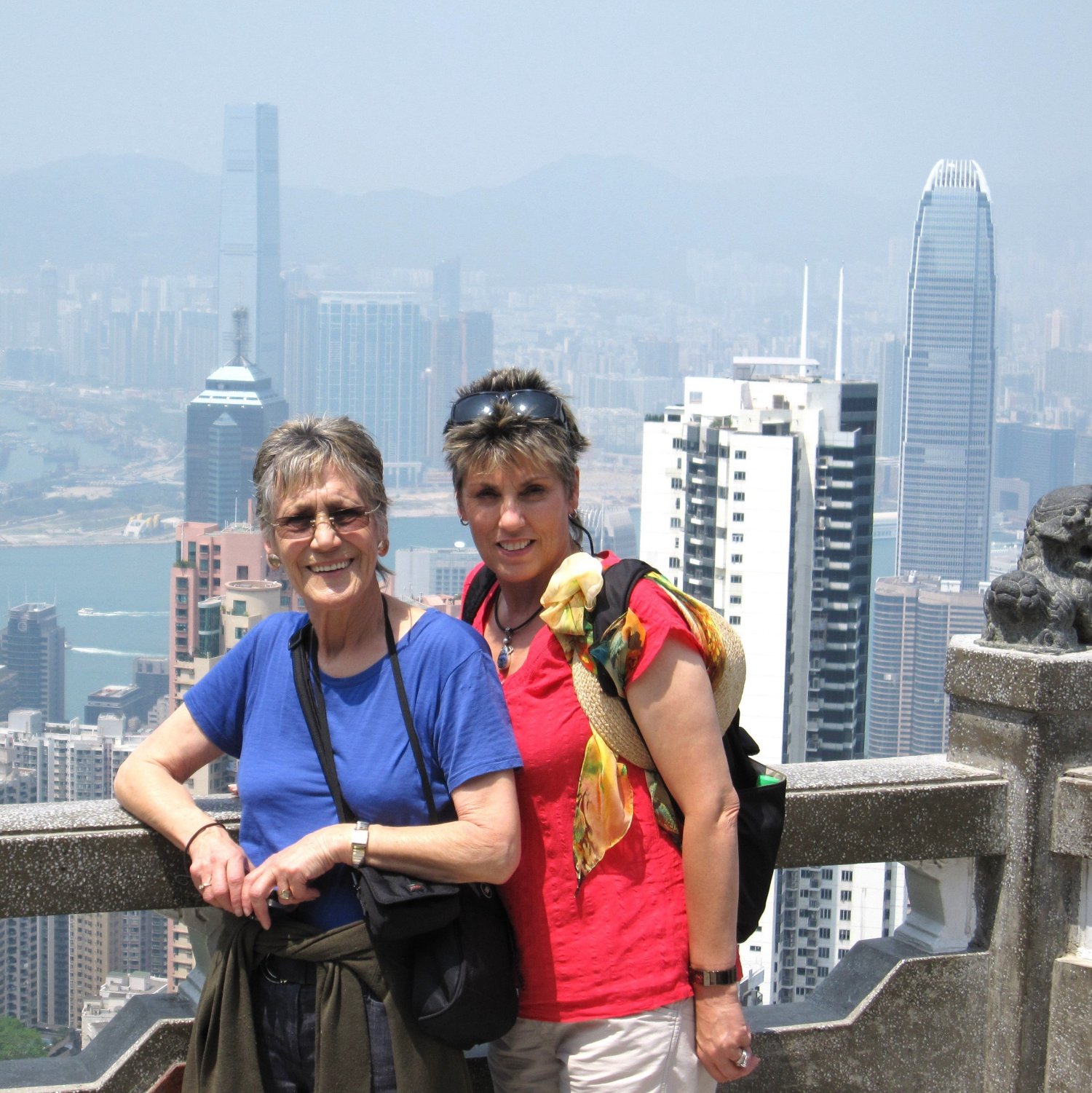

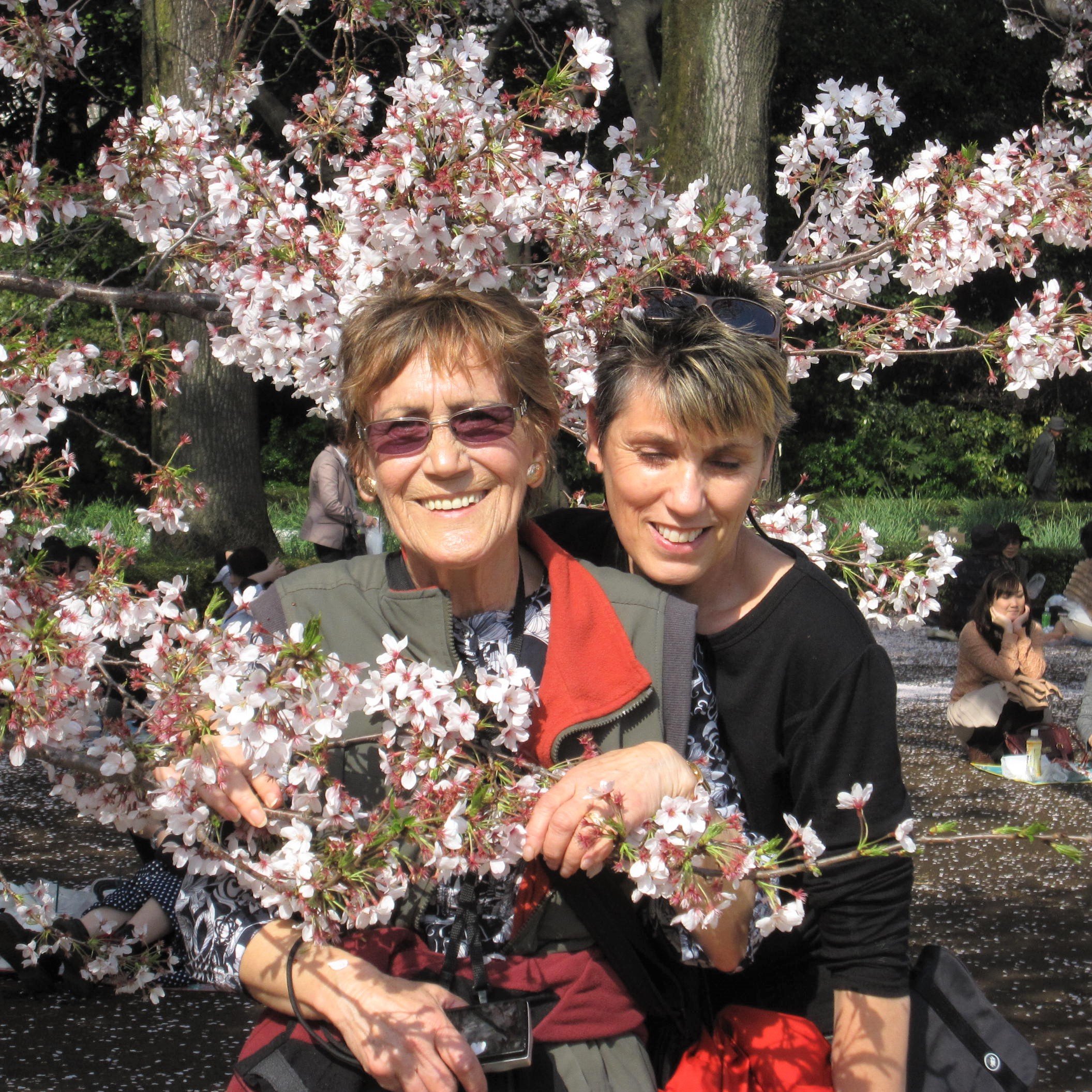
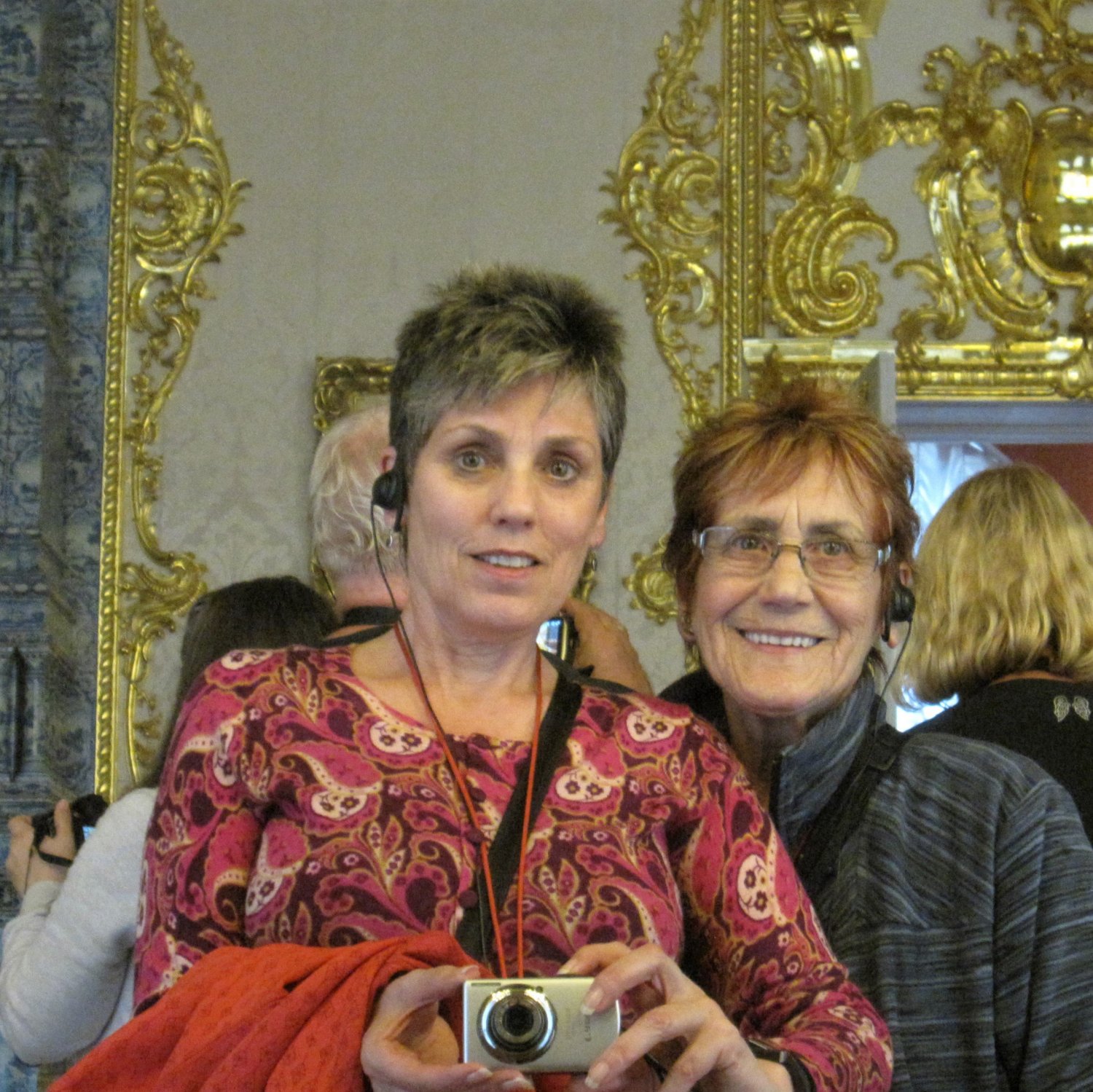
About ‘Being SMaRT’
Being ‘SMaRT’ is my personal approach to the global need for more sustainable forms of tourism, which is a concept that has been around since the second half of the 20th Century.
The reality is that almost every form of travel creates some amount of emissions. Even wind and solar powered equipment is not totally free of emissions throughout its product life cycle, i.e. from concept, to design and manufacture, to operate and maintain, and then to disposal/recycle.
In purely environmental terms, tourism and sustainability are surely a long way apart, and will be for some years to come, until technology develops effective large-scale and economically viable solutions. I tend to see ‘sustainable travel’ as being about the Travel & Tourism industry as a whole.
- NOTE:
- There is subtle difference between tourism and travel: tourists are usually on pre-organised tours; travelers tend to be self-organising; and some people do both.
I generally consider both to be basically about the same thing, i.e. tourism is travel for sight-seeing and leisure.
In the meantime, I continue to consciously work towards a balance between my activities and the needs of future generations. This applies not just when I am traveling, but in every day of my life.
For some time, I have followed the concept of ‘responsible travel/tourism’. The core value of responsible tourism is about “making better places for people to live in and better places for people to visit.” I agree implicitly with this.
I have read an opinion that responsible tourism/travel is about the traveler’s personal attitude and respect for local people, especially their cultures, their economies and their environments. I also agree implicitly with this.
As an independent traveler, it has long been my aim to leave only a light footprint as I explore and appreciate new places and cultures.

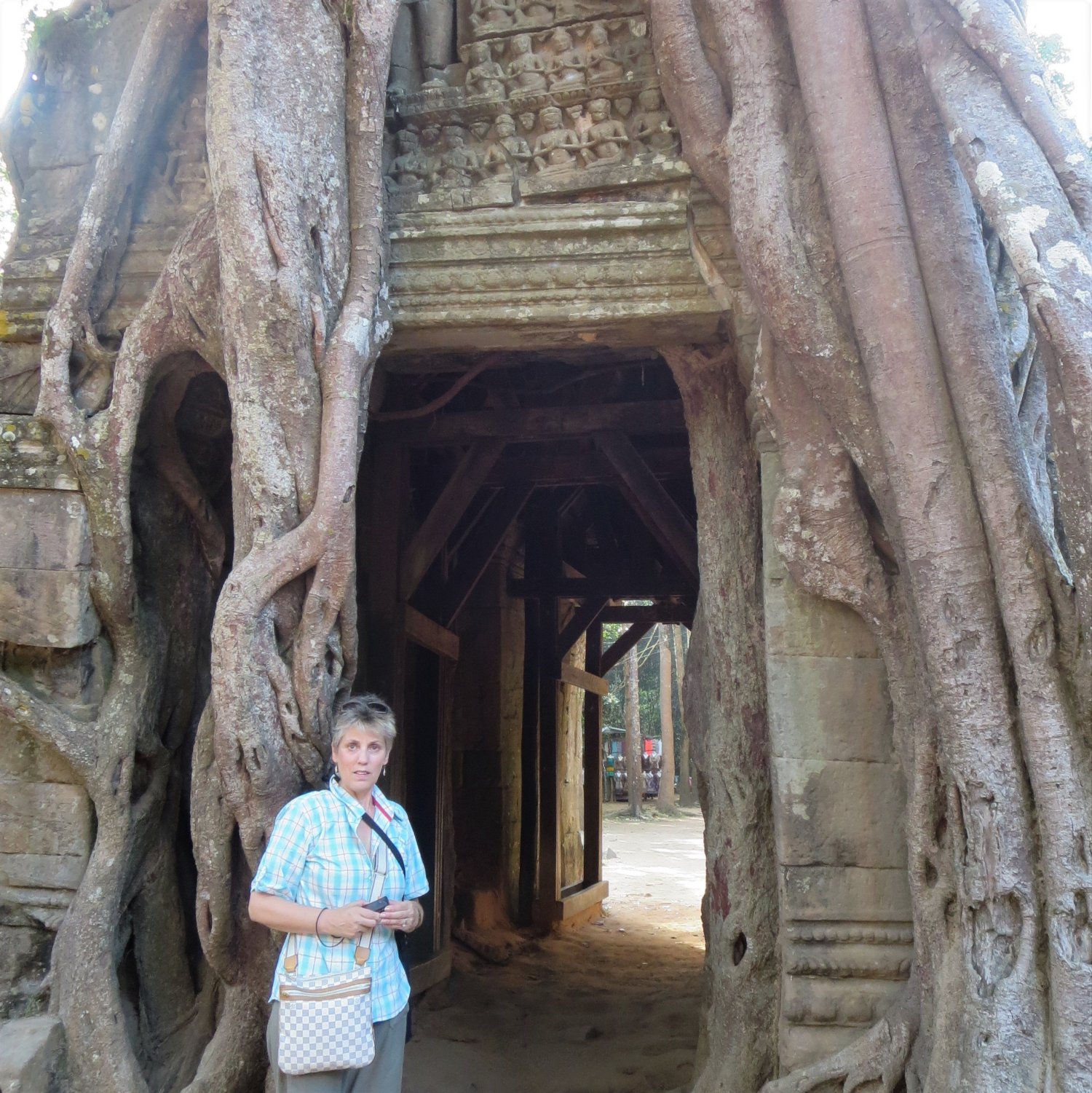
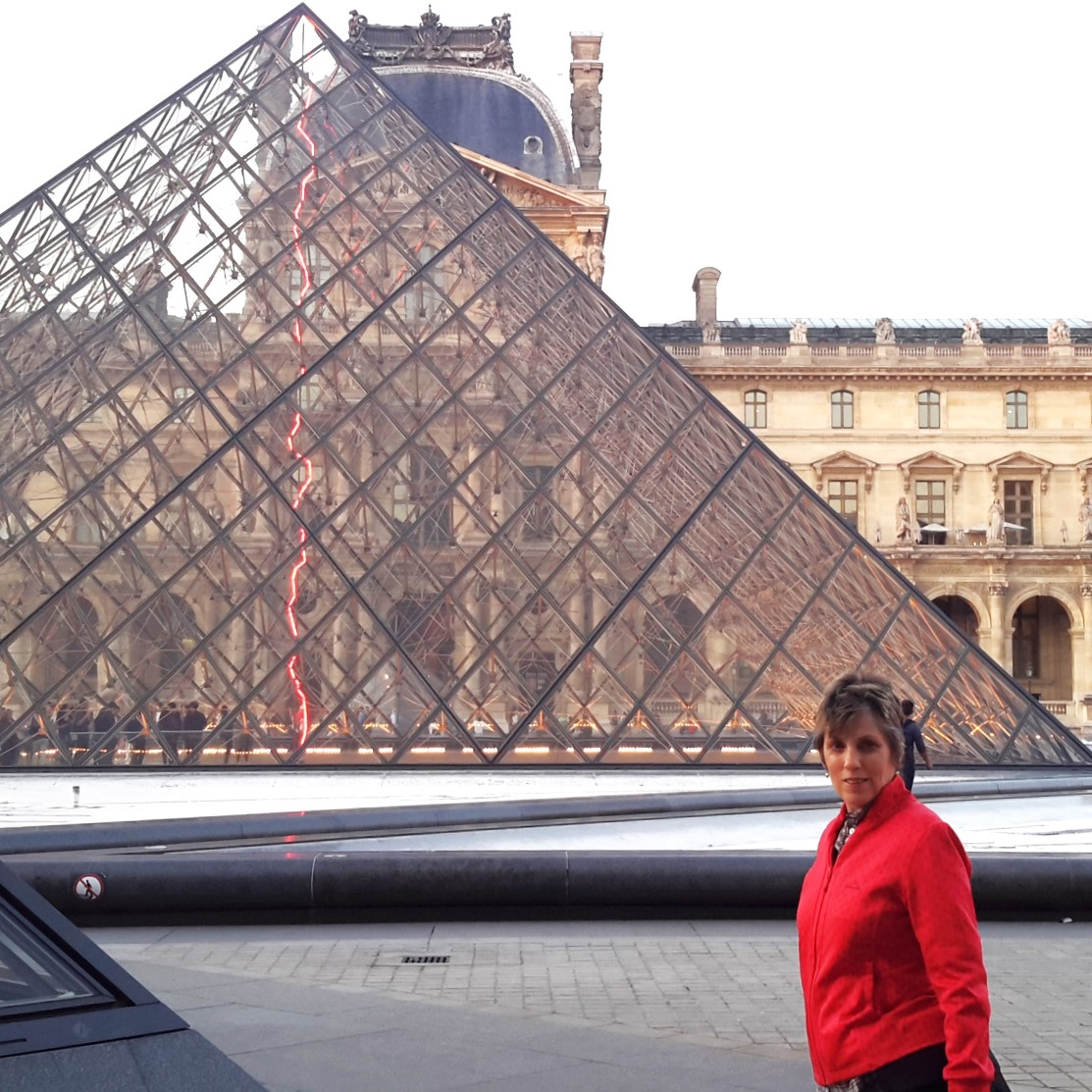

While I do consider myself to be a ‘responsible traveler’, and I have been so for several years, as I have continued to travel, I have been making some changes to my practices as I go.
Previously, I had been a ‘silent’ responsible traveler, following my own code, but not making a lot of noise about it. However, now I am adding my voice to the chorus of those who practice and promote responsible travel (and other similar concepts, e.g. ‘ethical’ tourism, ‘slow’ tourism, etc.).
And while I may not always agree with everything that other writers have to say on this matter, I do respect and welcome their contribution to the discussion. The issue is far too important to be left to the likes of politicians, bureaucrats, and corporations.
Over the years I have tried to consciously follow a simple formula whenever I have been traveling, whether for leisure, for business, or for any other reason: “responsible travel is about always respecting and appreciating destinations and cultures”.
Now I have expanded this to embrace ‘mindful’ and ‘responsible’ travel. While there are a range of explanations available for each of these, most are quite similar as they address the social/cultural and environmental impacts of travel/tourism.
I choose to make a distinction between the mindful travel and responsible travel, as this helps me to maintain a focus:
- Mindful travel is about minimizing my environmental impact,
i.e. – leaving only a light footprint, taking away precious memories
e.g. being mindful leads me to travel by train and public transport, when I can. - Responsible travel is about the nature of my cultural interactions,
i.e. – respecting and appreciating destinations and cultures
e.g. being responsible leads me to patronise local businesses in a destination.
Recently, I have noted that mindful travel is often connected with ‘wellness’ and ‘mindfulness’. To me, this tends to be inward-looking, and borders on self-indulgence. That does not figure in my interpretation of mindful travel.
As I have become more ‘mindful’ about my travelling, I now actively assess the sustainability practices of the carriers that I use and the destinations where I stay. I also seek to learn about which destinations, corporations and companies are doing well in regard to things such as sustainability and over-tourism. Also, I will actively promote the case for ‘supporting mindful and responsible travel’.
‘Be SMaRT’ is my personal travel mantra:
Support Mindful and Responsible Travel.
My Approach to Travel
I love to travel to new places, to experience new cultures, and to learn and appreciate more about the world.
Traveling has certainly given me a greater understanding of how small the world really is, and also how fragile our planet is. Perhaps I could have acquired similar knowledge from studying books, videos, etc., but I know that learning by personal experience is a much better way.
I have also made numerous friendships in different parts of the world through my travels, and have developed much respect for the diversity of cultures that I have encountered in those destinations.
I am selective of which airline/s I travel with, and seek to fly on modern fuel-efficient airliners (which are also quieter, more comfortable, and potentially safer).
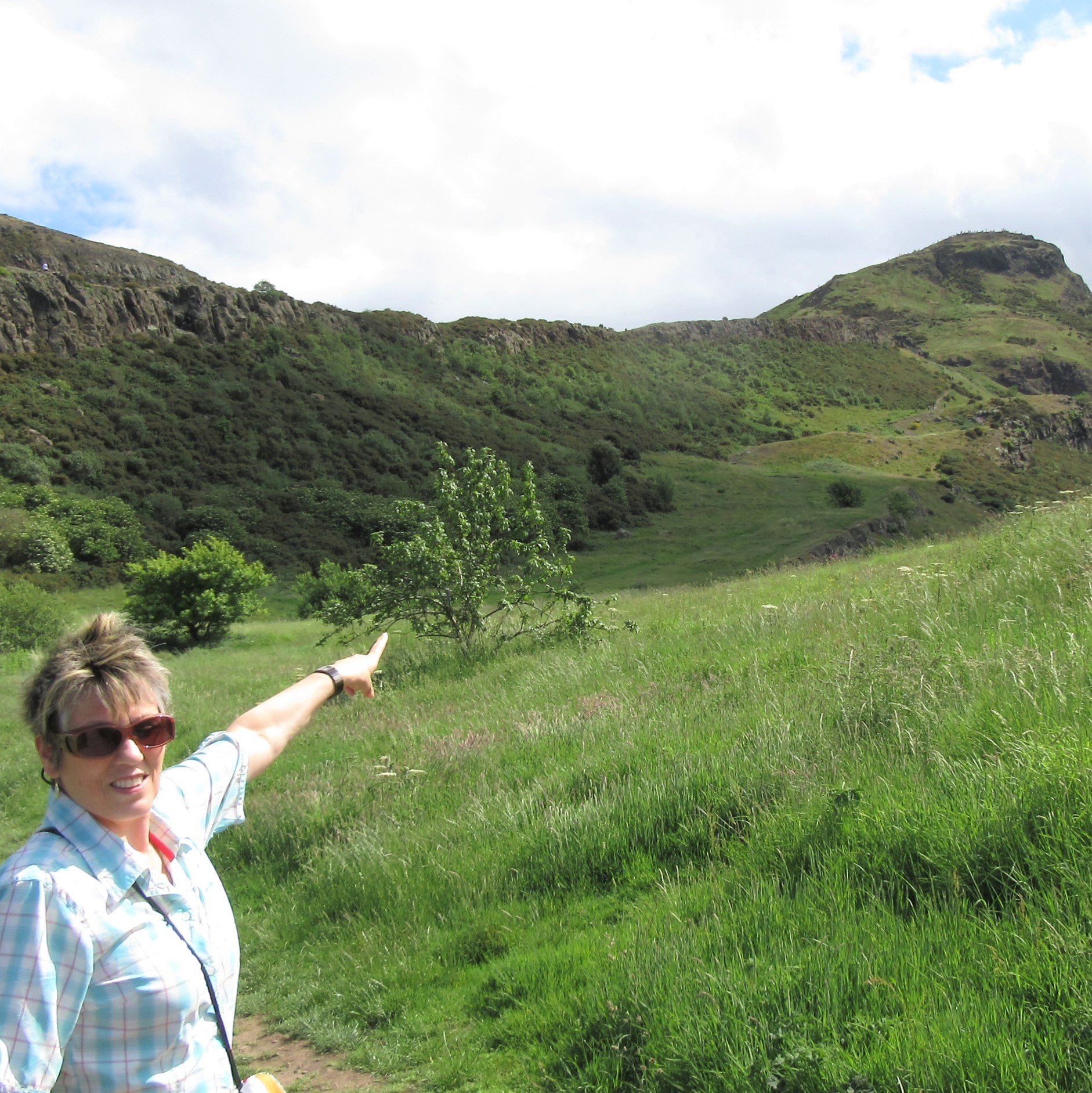
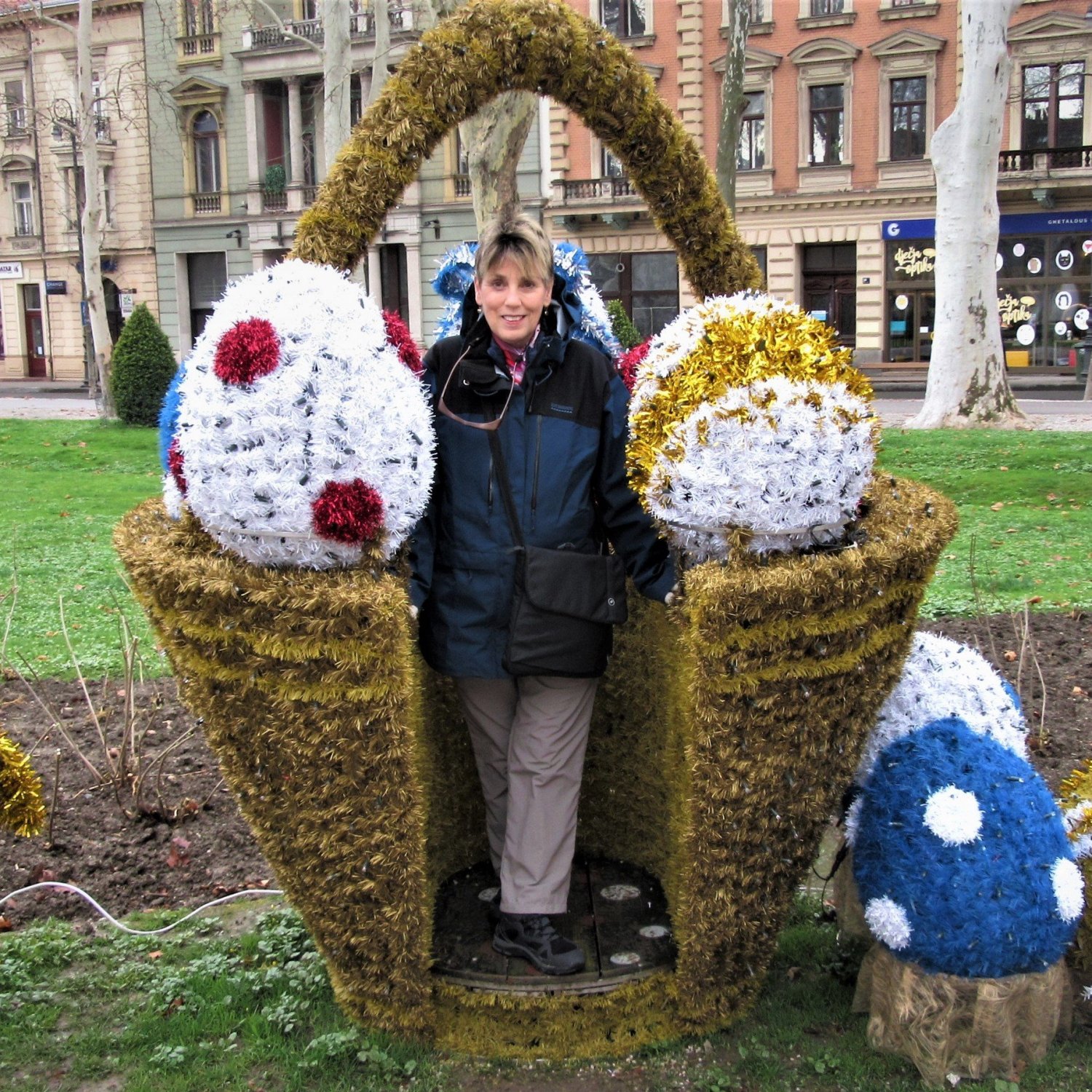


Because I live ‘down under’, when I travel to Europe in particular, I tend to go in the ‘shoulder’ season, rather than the ‘crazy’ peak season. This time of season has offered me greater flexibility for both flights and accommodation. Having access to better rates allows me to put the savings into a longer stay in a destination.
Usually, I spend around four weeks on an adventure, during which I plan on visiting up to ten destinations. My personal preference for inter-city travel is train, however not all countries are well inter-connected by rail services.
Once in a city, if I can, I choose to use public transport so I can observe (and sometimes meet) local people at close quarters on their own ground.
I like to research my accommodation options to try and put most of my money into a local pocket, rather than into the bank account of some offshore or out-of-town corporation. This also often means that I get to stay in a local neighbourhood, giving me more opportunity to mix with and meet local people.
When traveling, I place a high value on keeping healthy by getting a good rest each night and by eating good meals each day.
I shop locally for my provisions, either at a local market, when one is available, or at a nearby grocery store. This not only allows me to explore and sample the local food, but it also gives me opportunities to ‘shop like a local’, and appreciate more about how people in that city or place actually live.
All of my travels are completely self-funded (which is why I invest so much time working on my planning for each adventure journey). Similarly, my Posts are all my own work, from my own adventures and research.
This also means that if I make a recommendation about something, it is genuinely based on my actual experiences. I am not being influenced by any third party obligations.

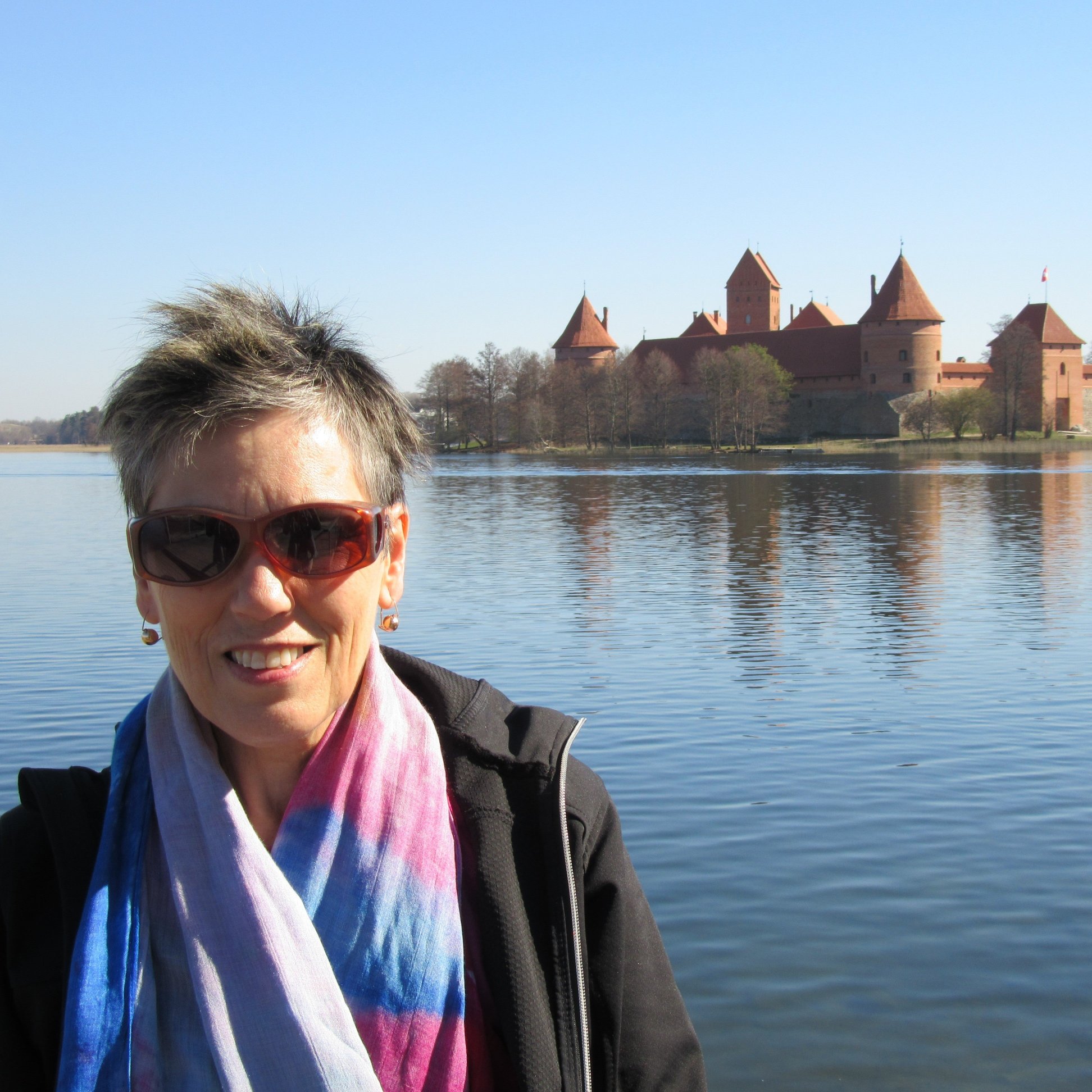


My ‘Golden Rule’ for Travel
My Golden Rule for traveling is simple: “be prepared”. That way, any surprises along the way are usually enjoyable rather than stressful.
And sure enough, travel can certainly bring about the unexpected! Need I say more?
I always try to have my travel and accommodation arrangements settled before I embark on an offshore travel adventure, and I also have a basic plan for each day along the way. This helps me to figure out a likely daily budget – and avoid any bank-breaking surprises.
For me, the best preparation for any travel adventure is to have an in-depth understanding of a city or place before I arrive there. The more I know about its history, culture, economy, geography, and even its politics, the easier it is for me to work out what are the ‘must do’ (and ‘must NOT do’) things while I am there.
I have also found that this allows me to retain a good recollection of that place long after I have departed.
I make extensive use of internet resources to map and even ‘walk’ the city streets while I am doing my research. Preparation and research for each adventure typically takes several weeks. At times, I will spend considerably more time in the research and planning stage than I do when I am actually ‘on the ground’.
While I do like to be organised, I only lock myself into a program when I have a specific activity booked (such as a tour). That way, if something needs more time, or if a spur of the moment opportunity arises, I can take it. And of course, there can also be times when plans are disrupted by things like weather, industrial actions, and so on.
When I am considering options for accommodation in any particular city, I look for something that is within 1-1½ km (¾-1 mile) of my arrival and departure points. Once the accommodation is confirmed, I then take a ‘virtual’ walk of the route/s to/from, so I can identify any useful landmarks and other features along the way.
After arriving at a destination, I have learned to make a reconnaissance visit to important locations, such as transit points, hubs, and terminals, to make sure I don’t get lost when trying to catch a travel connection. It is (not) funny how challenging an unfamiliar major train station or international airport can be on your first visit!
This approach that I have to travel comes from different parts of my background. Apart from my background in the military, I spent time as a Girl Guide Brownie leader, and my professional skills lie in instructional design and change management. All of these have taught me to analyse a situation, to make a plan, and to be ready for the unexpected – “be prepared!”
- NOTE:
- This site is specifically designed for responsive display on a mobile device
On devices with wider screens, it will appear as a single, center-aligned column

